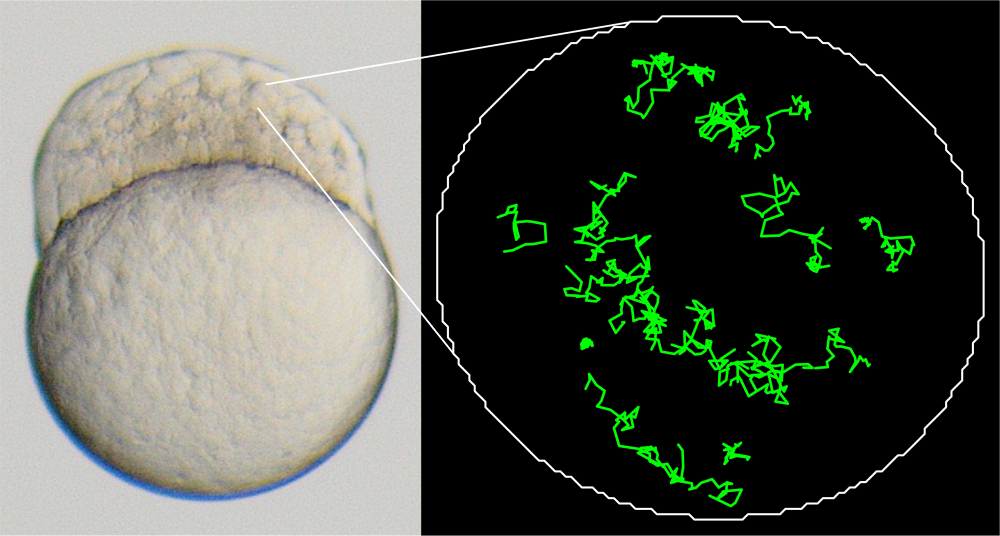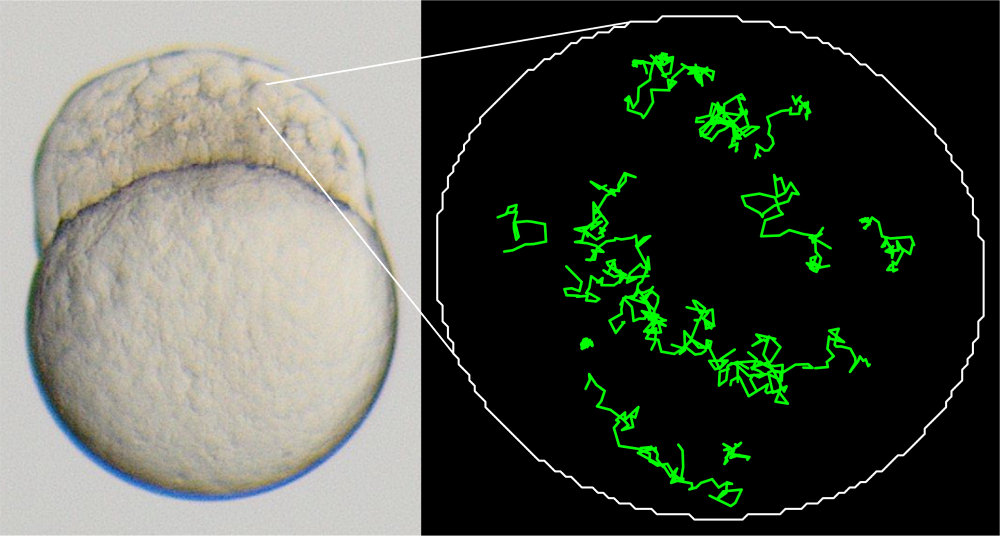Hearing the Quantum Difference
Quantum devices are often touted as performing better than classical ones, but the impact can seem far from our everyday lives. Researchers have now demonstrated a quantum optical microphone that listeners say produces a clearer sound than a classical counterpart [1]. The microphone was tested under specific conditions (low volume and high noise), outside of which the quantum advantage would not be noticeable. Despite this limitation, the new quantum techniques could prove useful elsewhere: they could eventually be used to improve imaging of biological samples.
Many high-precision measurements, such as gravitational-wave detection, rely on interferometers that measure interference effects, such as fringes, that arise when photons are sent through two possible paths. Using pairs of quantum-mechanically entangled photons reduces the random fluctuations (shot noise) in such measurements, which increases the measurements’ sensitivity. However, some common techniques involve measuring both photons in an entangled pair—a slow selection process that limits the measurement rate to 1 Hz. If you want to use entangled photons to follow fast action, like single molecules moving inside a biological cell, that rate is far too slow.
Florian Kaiser from the University of Stuttgart, Germany, and his colleagues have come up with a way to boost the measurement rate for such quantum-optics experiments by 10,000 times. In their setup, the input laser light first goes through a nonlinear crystal that creates a stream of pairs of entangled photons that are then fed into the two paths (or arms) of their interferometer.
To avoid having to measure both photons at the outputs of the interferometer, the team added an optical component called a wavelength-selective wave plate, which rotates the polarization of the light passing through one of the interferometer’s arms. It turns out that this simple manipulation encodes the two-photon information (the quantum phase of the pair) in just one of the photons.
Once the information is transferred to single photons, measuring the interference signal becomes easy: just take the difference of the light intensity at the two outputs—the same method as in classical interferometry. The team showed that they could obtain quantum-enhanced signal-to-noise measurements with sampling rates as high as 100 kHz. This frequency is high enough to generate high-quality audio, which allowed the researchers to demonstrate their technique in a sound recording experiment. “We wanted to check if humans can actually hear the quantum improvement,” Kaiser says.
The researchers transformed their interferometer into an optical microphone by attaching one of the mirrors to a membrane that vibrates in response to sound waves. As the mirror moves back and forth, it changes the length of one of the interferometer arms, producing an observable variation in the light reaching the detectors. The team used the microphone in a standardized hearing test. Selected words were recorded with the microphone and played back to a set of human listeners, who were asked to identify the words. A similar test was done with a “classical” optical microphone, in which the same interferometer was used but without any entanglement of photons. The subjects had slightly better success recognizing the quantum-recorded words.
Kaiser is quick to admit that the test was rigged. “Our microphone has a quantum advantage in an artificial situation that we created here,” he says. That situation involved turning down the volume during the recording sessions so that the measurement shot noise would be high relative to other noise contributions. Kaiser compares the noise level to the garbled transmissions between a race car driver and the pit crew, where only about half of the words are understood correctly.
But even if the new quantum technique won’t revolutionize audio recording, it may benefit other types of measurements, such as biological imaging. Kaiser explains that most cells behave abnormally or can be damaged under intense illumination. A quantum microscope using the researchers’ entanglement scheme could improve high-resolution imaging techniques by allowing them to perform well using fewer photons.
“Within the context of developing practical sensors, this new work stands as an elegant demonstration of the ‘quantum advantage’ by using quantum states of light that exhibit entanglement,” says quantum-optics expert Laurent Labonté from the University of Nice Sophia Antipolis in France.
“It’s a very novel and ingenious synthesis of quantum metrology concepts,” says Bill Plick from the University of Dayton, Ohio, who studies the foundations of quantum mechanics. “Though I don’t think this work could be called ‘perception of something fundamentally quantum,’ it does kind of give people a way to get their hands around quantum effects and see that they can have a recognizable impact—which is really cool.”
–Michael Schirber
Michael Schirber is a Corresponding Editor for Physics Magazine based in Lyon, France.
References
- R. Nold et al., “Quantum optical microphone in the audio band,” PRX Quantum 3, 020358 (2022).







